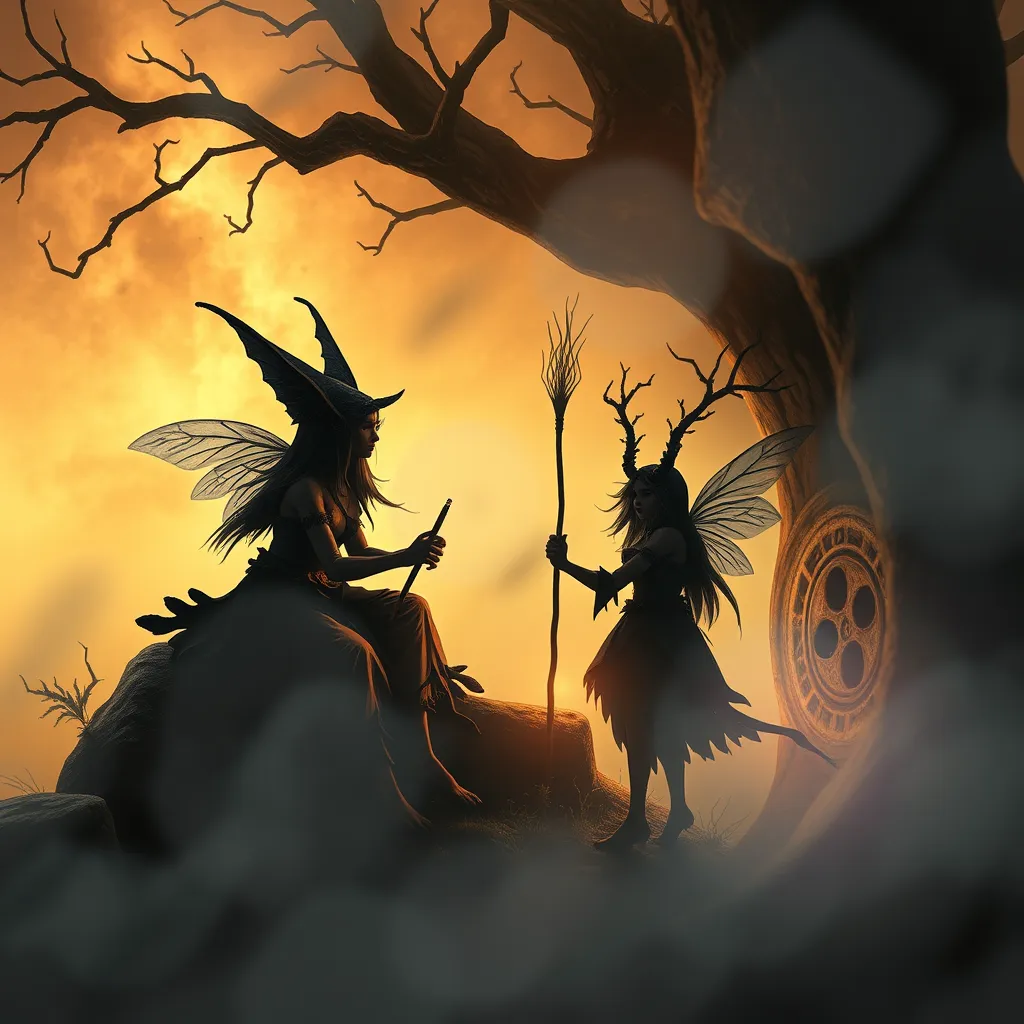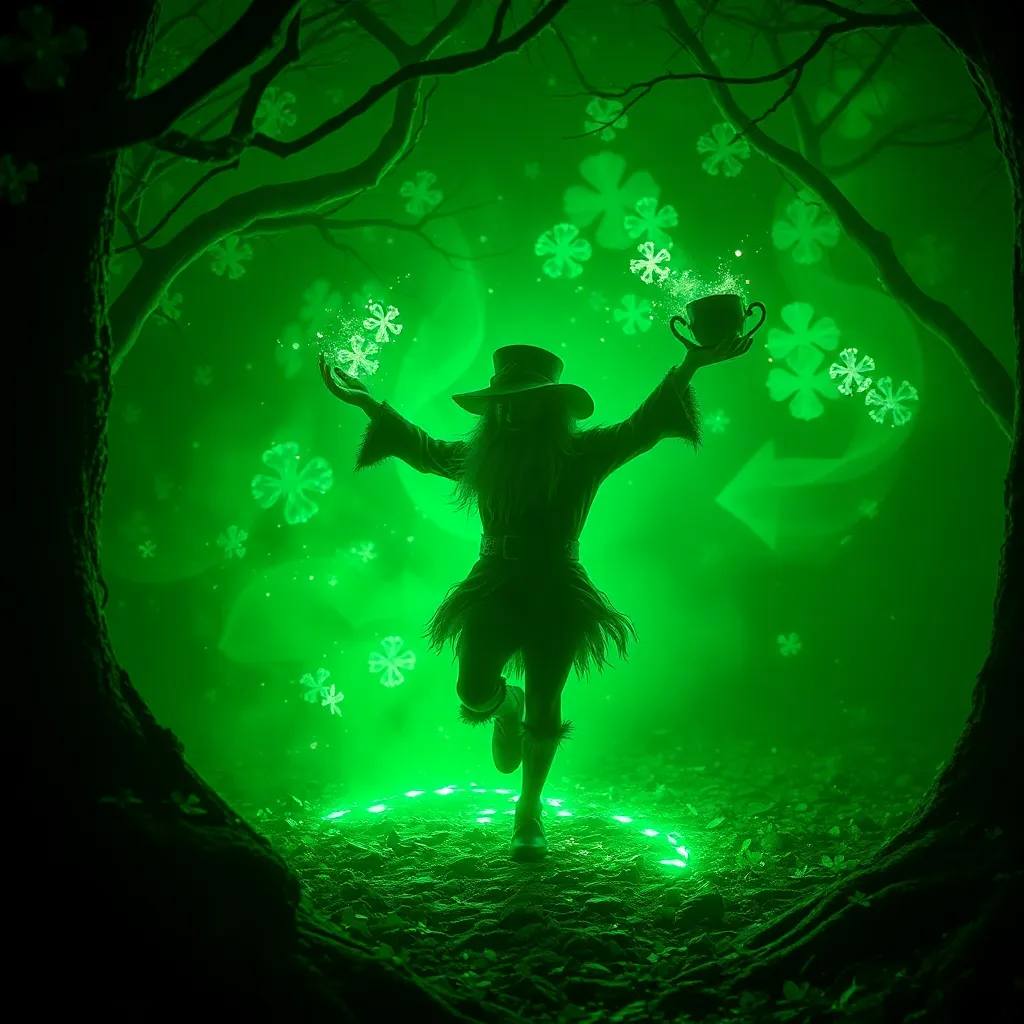The Lore of the Brownies: Household Fairies of Scotland and England
I. Introduction
Brownies are enigmatic and whimsical creatures of folklore that have captured the imagination of many throughout history. Originating from Scottish and English traditions, these household fairies are often depicted as small, helpful beings who assist with domestic tasks. Their lore is rich and multifaceted, reflecting the values and beliefs of the cultures from which they stem. This article aims to explore the origins, characteristics, roles, and modern interpretations of brownies, shedding light on their significance in the folklore of Scotland and England.
II. Historical Background
The concept of brownies dates back to early mentions in literature and oral traditions, with their first documented references appearing in the 15th century. They are often associated with the Celtic mythology of Scotland, where they are believed to have been influenced by ancient nature spirits.
Brownie legends vary across regions, with distinct characteristics attributed to them based on local customs and beliefs. For instance, in some parts of England, brownies are known as “hobs,” while in Scotland, they may be referred to as “brogans.” These variations illustrate the adaptability of brownie lore through the ages and across geographic boundaries.
III. Characteristics and Appearance
Brownies are typically described as small, humanoid figures, often no taller than a foot. They are said to have brown or earthy-toned skin, aligning with their name. Their attire is often rustic, consisting of tattered clothing made from natural materials like moss and leaves.
- Common Traits: Brownies are generally depicted as friendly and industrious, with a penchant for helping families with household chores.
- Differences from Other Spirits: Unlike mischievous sprites or malevolent fairies, brownies are seen as benevolent, working quietly behind the scenes to maintain harmony in the home.
Cultural representations of brownies can be found in various forms of art and literature, from classic fairy tales to modern children’s books, showcasing their enduring appeal and versatility.
IV. Roles and Responsibilities
Traditionally, brownies had specific duties within households. They were believed to perform a variety of tasks, including:
- Cleaning and tidying up the home
- Performing chores such as milking cows or baking bread
- Looking after the children and ensuring their well-being
The relationship between brownies and the families they assisted was often symbiotic. Families would leave out small offerings of food, such as milk or bread, as a token of gratitude for the brownies’ help. In return, brownies would foster domestic harmony and prosperity.
Seasonal activities and celebrations often involved brownies, particularly around harvest time, when families would thank them for their contributions to a bountiful season.
V. Rituals and Customs
To maintain a positive relationship with brownies, families engaged in various rituals and customs. Offerings were an essential part of this interaction, as it was believed that brownies would become displeased if not properly acknowledged.
- Common Offerings: Milk, bread, and sometimes honey were left out for brownies to show appreciation.
- Superstitions: It was considered bad luck to disturb a brownie while they were working, as this might anger them and lead to misfortune.
Regional variations in customs surrounding brownies exist, with some areas having unique beliefs about how to properly honor these household spirits. Such customs highlight the rich tapestry of folklore that surrounds brownies.
VI. Modern Interpretations and Adaptations
In contemporary literature and media, brownies have evolved, often being portrayed in a more whimsical and child-friendly manner. They appear in various forms in films, animated series, and children’s books, where they continue to embody the spirit of helpfulness and domesticity.
Modern fairy tales often draw inspiration from traditional brownie lore, adapting their characteristics and roles to fit new narratives. This evolution reflects broader changes in societal values and expectations regarding family and domestic life.
VII. The Symbolism of Brownies
Brownies symbolize several important concepts in folklore and cultural narratives:
- Household Harmony: They are seen as guardians of domestic peace, representing the ideal of a well-functioning home.
- Labor and Diligence: Brownies embody the value of hard work, reminding us of the importance of contributing to the household.
- Social Lessons: Many stories involving brownies convey moral lessons about generosity, kindness, and the rewards of hard work.
Through these symbols, brownies maintain a relevance that extends beyond folklore, resonating with contemporary values and ideals.
VIII. Conclusion
The enduring legacy of brownies in folklore highlights their significance in the cultural heritage of Scotland and England. As household fairies, they embody values of diligence, harmony, and community support that continue to resonate in today’s world. In a time when many seek connection and support within their homes, the lore of brownies serves as a reminder of the importance of nurturing those relationships.
As we explore the rich tapestry of folklore, it is essential to preserve and celebrate the stories of brownies and their place in our cultural narrative. By doing so, we honor the traditions of the past while fostering a greater appreciation for the whimsical and meaningful aspects of our shared heritage.



